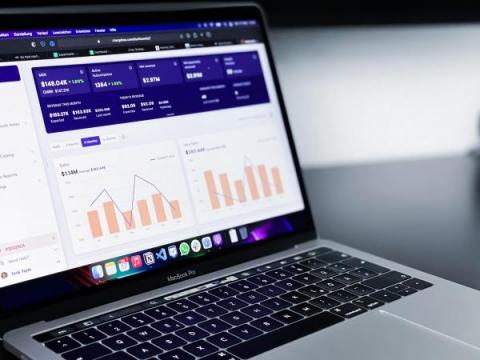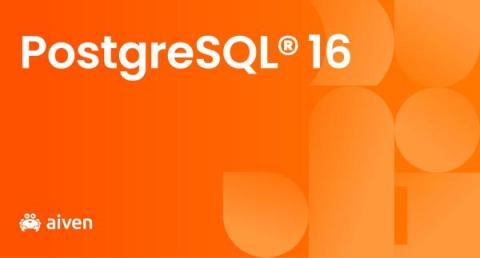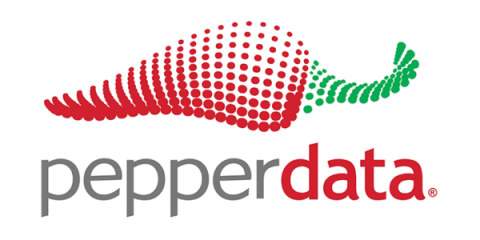Data Lake Strategy: Implementation Steps, Benefits & Challenges
Data lakes have emerged as a revolutionary solution in the current digital landscape, where data growth is at a 28% CAGR with no signs of slowing. These repositories, capable of storing vast amounts of raw data in their native format in a vendor-neutral way, offer unprecedented flexibility and scalability.











